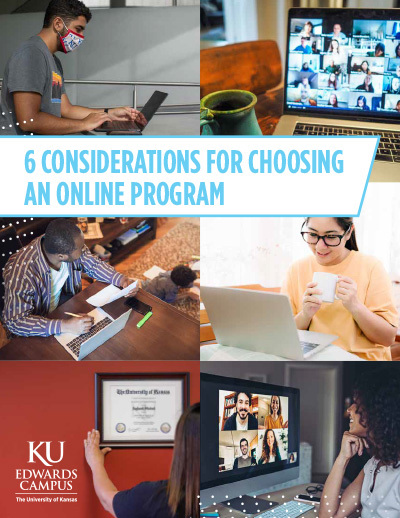Create a culture that communicates respect and belonging for all employees

“You're only 28? I have kids your age!”
“That’s an interesting name. Where are you from from?”
“I’m not sure he’d be a good cultural fit.”
“I don’t care if you are black, white, yellow or green. I don’t see color - we’re all human.”
Have you overheard – or been on the receiving end of – these types of comments in your workplace?
These comments – while often unintentional – are very revealing to minoritized groups within your workplace. A minoritized colleague is someone who is in the numerical minority within an organization, and who is typically a member of a group that has been historically marginalized or stigmatized within the broader U.S. culture as well. Individuals can be minoritized based on factors including, but not limited to, their race, gender identity, age, faith, ability, family status, sexuality – or a combination of several of these identities, such as a woman with a disability who is over 50 and a member of the Jewish faith.
Members of minoritized groups must navigate comments and conversations like these at work every day, generating an extra form of communicative work for them. Colleagues on the receiving end of these comments must decide in the moment if they should “let it pass” or speak up, running the risk of embarrassing or unintentionally offending the person who made the comment – who could be their peer, manager, leader or client. The comments also force the target to wonder what their colleagues really think about them – and if any bystanders will speak up.
Even more problematic, these biased comments often pop-up in decision-making conversations, influencing career opportunities for members of minoritized groups in ways that go unrecognized.
For example, a hiring manger telling your company’s recruiter that he doesn’t want to “hire any more gray hairs" for your team is one example of the coded language we use to talk about age within organizations. Similarly, asserting that someone might not be a good “cultural fit” might be hiding preference for someone who is the same race, ethnicity, gender or sexuality as the rest of the team.
Compounding the difficulty of attempting to create more inclusive communication practices and organizational cultures, colleagues in the majority either may fail to recognize the bias hidden in these comments, or simply choose to remain silent out of fear or not knowing how to respond.
While many organizations are beginning to recognize the need to more openly discuss these implicit biases (and sometimes explicit prejudices) much work remains to be done in order to create truly welcoming and inclusive environments that provide all employees a sense of belonging and opportunities to fully contribute to the organization.
Want to learn more about communicating for inclusion and constructing workplaces that welcome difference? Join us for a free webinar on Thursday, Oct. 17 from 11 a.m. – Noon, CT.
Take this learning even further with the communications master’s degree and graduate, four-course Professional Workplace Communication Certificate.
About the Author: Angie Pastorek, Ph.D., is a program director and lead faculty member for the graduate programs in organizational communication at the University of Kansas Edwards Campus in Overland Park, KS. Prior to joining KU, Angie spent more than 10 years in a variety of corporate employee development and internal communication/consulting roles for companies including Deloitte and Siemens Healthcare.





